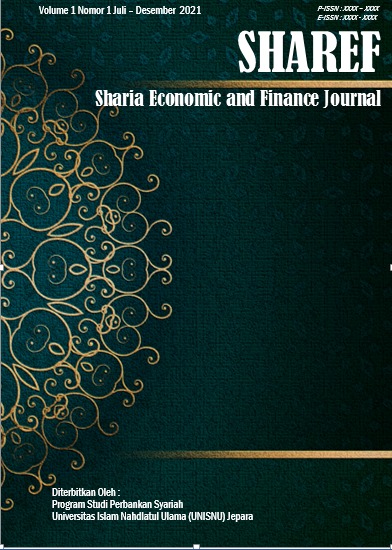Penilaian Kolektabilitas Pembiayaan Menggunakan Metode 5C Vs Weton di BMT Aman Utama
Abstract
This paper aims to compare the collectability financing using 5C credit analysis with character of members in weton at BMT Aman Utama. This study uses a descriptive-comparative research type with a qualitative approach. Methods of data collection using observation, interviews and documentation. Sources of data in this study using primary and secondary data sources. The data analysis technique used is data reduction, data presentation and conclusion drawing. The results of this study stated that, of the 24 members of the financing of BMT Aman Utama, 17 of them were declared suitable between the collectibility assessment of BMT Aman Utama and the characters in the Weton, and 7 members were declared unsuitable. 5 members according to current collectibility, 3 members according to substandard collectibility, 5 members according to doubtful collectibility and 4 members according to bad collectibility. The suitability of the 5C and Weton in the Aman Utama BMT is 7.1%, which can be said that the characters in the weton have a tendency to match the 5C assessment in the Aman Utama BMT.
Copyright (c) 2022 Rena Aisyah Rona

This work is licensed under a Creative Commons Attribution-ShareAlike 4.0 International License.
Authors who publish articles in Sharef: Journal of Sharia Economics and Finance agree to the following terms:
- Authors retain copyright of the article and grant the journal right of first publication with the work simultaneously licensed under a CC-BY-SA or The Creative Commons Attribution–ShareAlike License.
- Authors are able to enter into separate, additional contractual arrangements for the non-exclusive distribution of the journal's published version of the work (e.g., post it to an institutional repository or publish it in a book), with an acknowledgment of its initial publication in this journal.
- Authors are permitted and encouraged to post their work online (e.g., in institutional repositories or on their website) prior to and during the submission process, as it can lead to productive exchanges, as well as earlier and greater citation of published work (See The Effect of Open Access).






